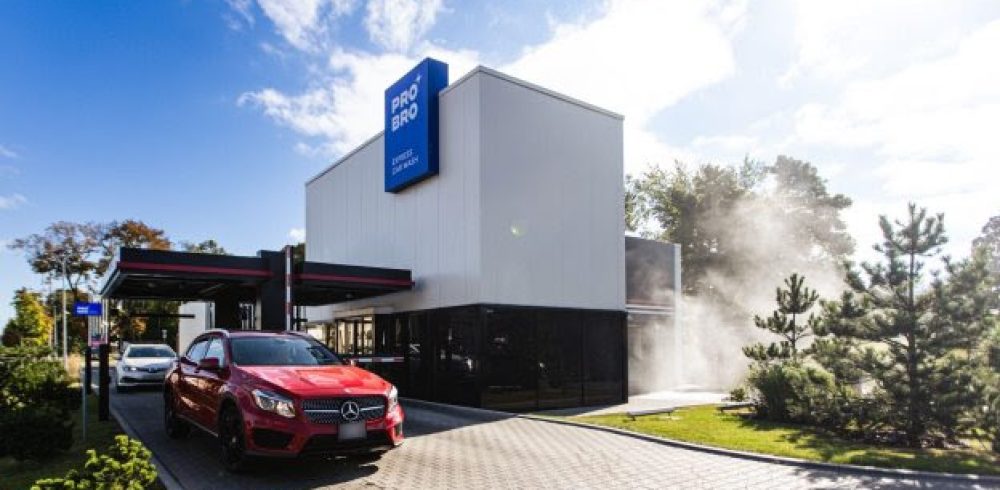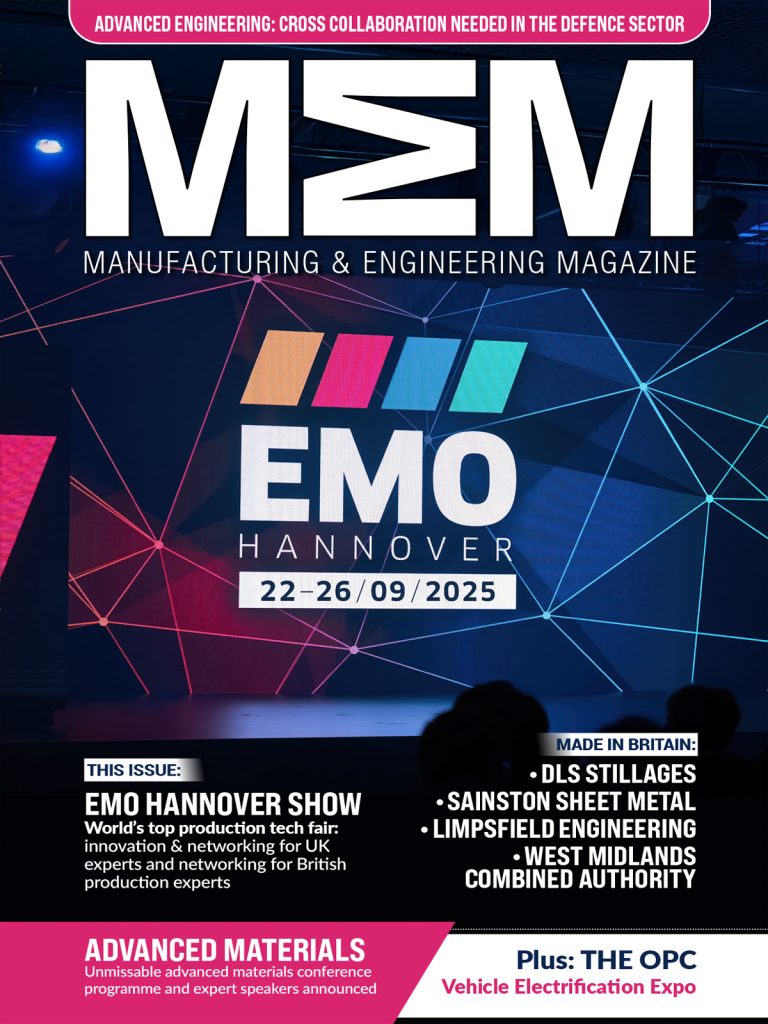Annually, droughts inflict economic losses up to €9 billion across the European Union. Stricter environmental regulations are increasingly challenging industries dependent on significant water resources, such as the car wash sector.Edgaras Stanevičius, Head of Innovations at PRO BRO Group, contributes his expertise on the subject, explaining that investment in sustainable car wash systems can lead to improved cost efficiency and through innovative approaches, businesses can turn regulatory challenges into opportunities for growth and leadership in sustainability.
Groundwater levels have been low throughout Europe since 2018, and the continent has been hit by severe droughts in recent years. With climate change expected to intensify drought events, ensuring sustainable water use is imperative for industries like car washing. Since fully automated car wash tunnels can use up to 450 liters of water per car, reducing water consumption is becoming more than just an environmental issue — it is also turning into a business necessity. Improving the sustainability of the car wash industry entails preserving natural resources and securing the profitability and viability of business operations.
Mitigating environmental impact and enhancing business viability
In light of escalating water scarcity and heightened environmental awareness, car wash businesses must prioritize reducing their water usage. Not only does this reflect a commitment to sustainable operations, but it also offers considerable cost savings. As water costs rise, the economic benefits of using less become more apparent.
“The operation of a car wash is often described as a “penny business.” This means that even small savings per transaction can accumulate to significant amounts. For example, saving three cents per car wash across 300,000 cars per year can result in a total saving of 9,000 euros. Given that millions of cars are washed annually, every cent is valuable,” explains Edgaras Stanevičius, Head of Innovations at PRO BRO, the fastest-growing international franchise network of express tunnel car washes in Europe.
Strategies to reduce water consumption in car wash operations
Car wash businesses can achieve substantial water savings and operational efficiencies by paying close attention to equipment regulation, analyzing water consumption patterns, and optimizing water-intensive processes. For example, PRO BRO car wash facilities use a recycling system that allows to reclaim of up to 95% of water. Mr. Stanevičius recommends the following initial steps for car wash owners to optimize their systems:
- precise calibration of washing equipment: This involves tuning systems to activate only when necessary, ensuring efficient water use;
- upgraded water-efficient devices: This step focuses on integrating modern technology designed to achieve the same cleaning results with less water;
- accurate detergent dosage: This emphasizes the meticulous control of detergent usage to optimize both water and chemical efficiency;
- water purification systems: This entails adopting technologies that purify and recycle water, considerably reducing the dependence on freshwater sources.
Tangible benefits of water conservation for car wash businesses
Reducing water usage yields tangible benefits that extend beyond cost savings. Compliance with water conservation regulations mitigates the risk of fines and reputational damage while enhancing operational efficiency. Additionally, implementing water-saving technologies may qualify businesses for government incentives, such as rebates or tax credits, further bolstering financial gains.
Moreover, consumer preferences are shifting towards businesses that demonstrate environmental responsibility, making sustainability a key factor in customer retention and attraction. “As reducing water usage aligns with consumers’ desire to not waste resources nor cause harm to the environment, sustainable practices can attract environmentally conscious customers and thereby open up a new market segment,” says Edgardas Stanevičius.
Manufacturing & Engineering Magazine | The Home of Manufacturing Industry News











